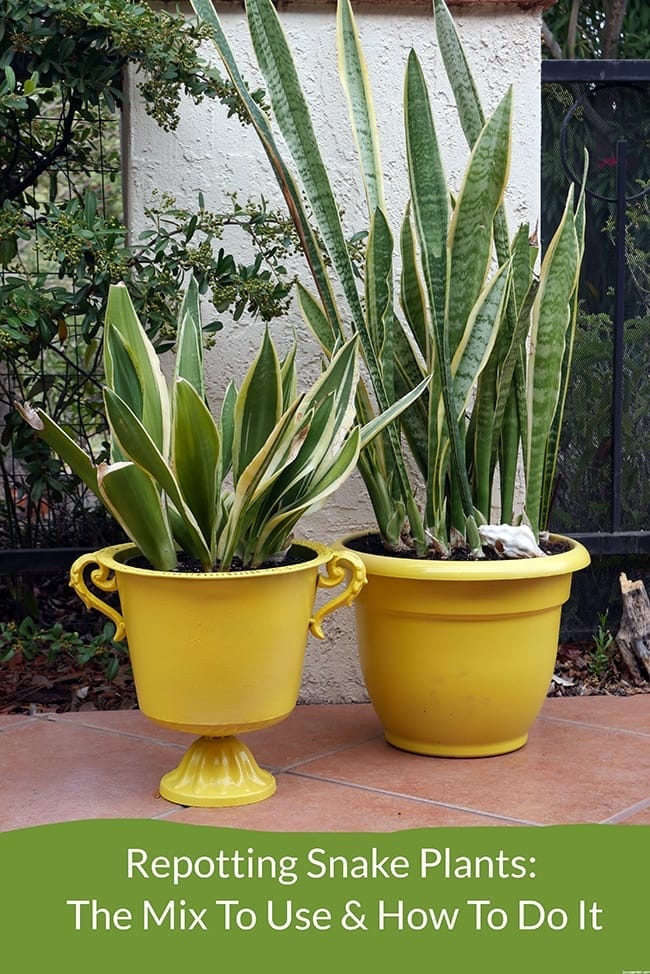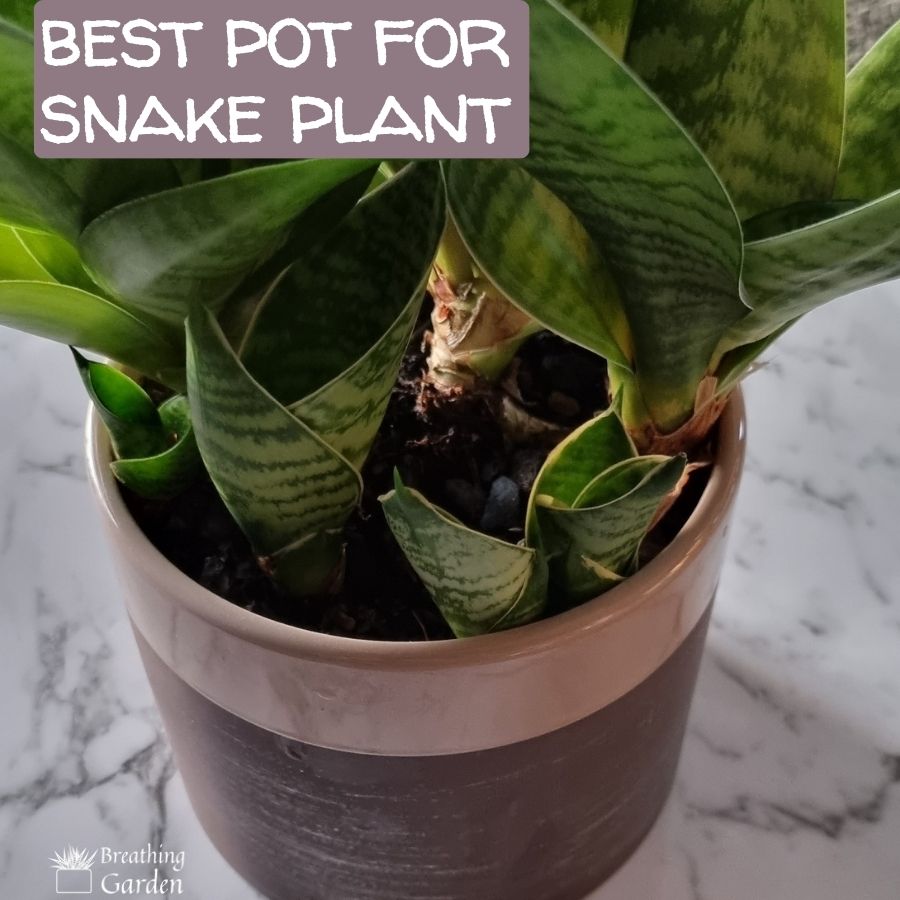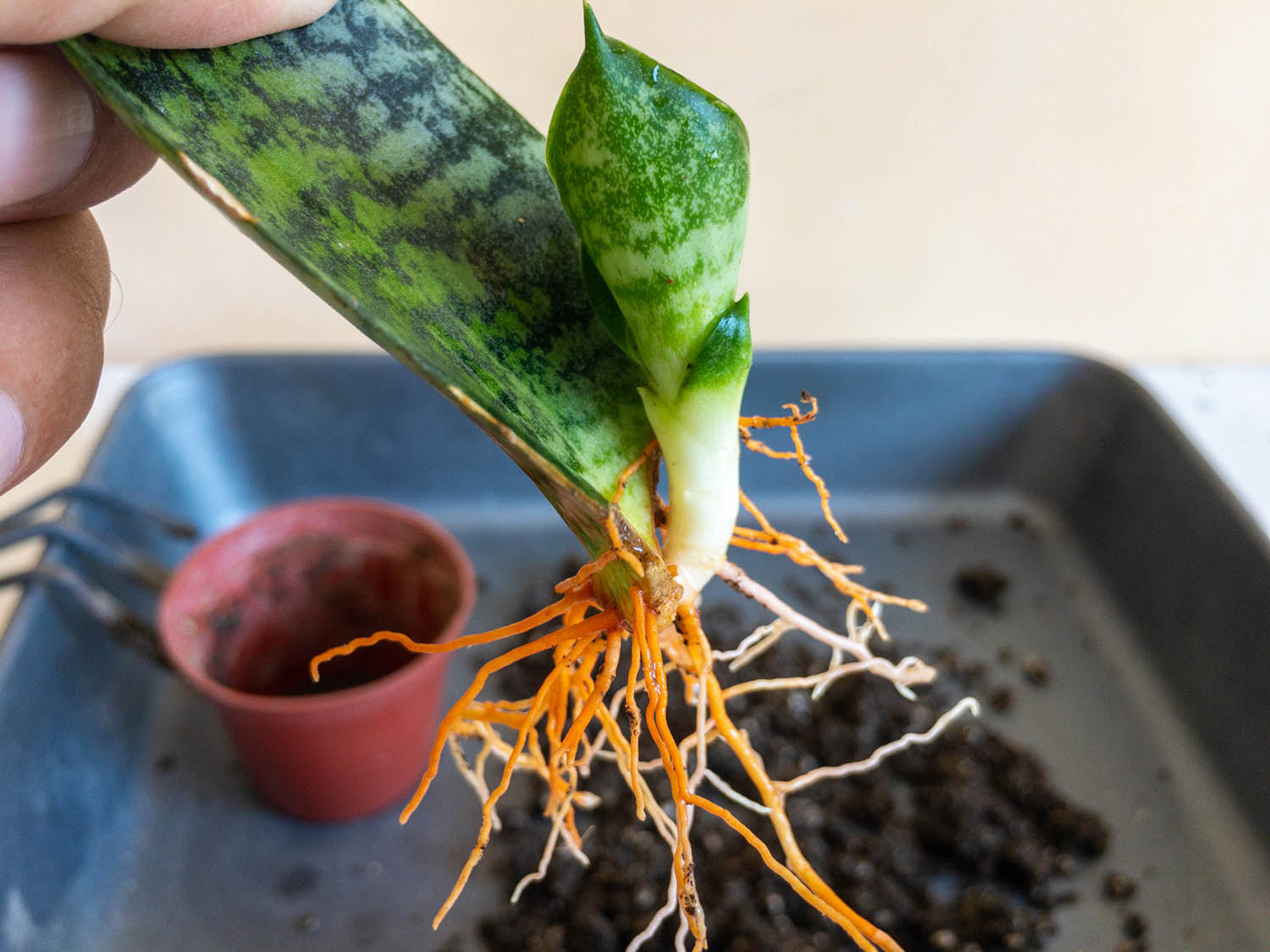Understanding the Snake Plant’s Watering Needs
The snake plant, also known as Mother-in-Law’s Tongue, is a low-maintenance and adaptable houseplant that thrives in a variety of environments. Native to West Africa, this plant has evolved to survive in dry conditions, making it an ideal choice for busy people or those new to plant parenthood. However, this adaptability can sometimes lead to neglect, particularly when it comes to watering. The question remains: does snake plant need drainage? The answer lies in understanding the plant’s natural habitat and its watering needs.
In the wild, snake plants grow in rocky, well-draining soil that allows excess water to escape quickly. This natural drainage system prevents the roots from rotting and ensures the plant’s survival. When grown indoors, it’s essential to replicate this environment to promote healthy growth. Overwatering is a common mistake that can lead to root rot, a condition that can be fatal to the plant. On the other hand, underwatering can cause the leaves to become wrinkled and the plant to become stressed.
To determine the right watering schedule for your snake plant, it’s crucial to consider the plant’s size, potting mix, and environment. A general rule of thumb is to water your snake plant when the top 1-2 inches of soil feels dry to the touch. However, this may vary depending on the humidity and temperature of your home. By understanding the snake plant’s watering needs and providing proper drainage, you can help your plant thrive and enjoy its many benefits, including air purification and aesthetic appeal.
How to Create a Well-Draining Potting Mix for Your Snake Plant
Creating a well-draining potting mix is crucial for snake plant care, as it helps to prevent waterlogged soil and root rot. A good potting mix should be able to retain moisture but also allow excess water to drain quickly. To achieve this, you can create a custom potting mix using a combination of ingredients. One popular recipe includes a mix of perlite, vermiculite, and sand.
Perlite is a lightweight, porous material that helps to improve drainage and aeration in the soil. It’s also sterile, which means it won’t harbor any diseases or pests that can harm your snake plant. Vermiculite, on the other hand, is a natural mineral that retains moisture but also allows for good drainage. It’s also a good source of nutrients for your plant. Sand is added to the mix to improve drainage and prevent waterlogging.
To create your potting mix, start by combining 2 parts of perlite, 1 part of vermiculite, and 1 part of sand in a large bowl. Mix the ingredients well until they’re fully incorporated. You can also add a small amount of peat moss or coconut coir to the mix to help retain moisture. However, be careful not to add too much, as this can make the soil too dense and prevent proper drainage.
Once you’ve created your potting mix, it’s time to plant your snake plant. Make sure to choose a pot that has good drainage holes to prevent water from accumulating in the soil. You can also add a layer of small rocks or broken pottery at the bottom of the pot to improve drainage. By using a well-draining potting mix and a pot with good drainage holes, you can help to prevent root rot and ensure your snake plant thrives.
So, does snake plant need drainage? The answer is a resounding yes. By creating a well-draining potting mix and using a pot with good drainage holes, you can help to prevent root rot and ensure your snake plant stays healthy. Remember to water your plant carefully, as overwatering can still be a problem even with a well-draining potting mix. With the right care and attention, your snake plant can thrive and become a beautiful addition to your home.
The Risks of Overwatering: Why Drainage is Crucial for Snake Plant Health
Overwatering is one of the most common mistakes people make when caring for their snake plants. While it may seem counterintuitive, too much water can be detrimental to the plant’s health. When the soil is waterlogged, the roots can’t breathe, and the plant becomes susceptible to root rot. This can lead to a range of problems, including leaf drop, yellowing leaves, and even death.
Root rot is a serious issue that can be caused by overwatering. When the roots are constantly submerged in water, they begin to decay, and the plant’s ability to absorb nutrients is compromised. This can lead to a range of symptoms, including soft, mushy stems, and a general decline in the plant’s health.
In addition to root rot, overwatering can also lead to pest infestations. When the soil is too moist, it creates an ideal environment for pests like fungus gnats, spider mites, and mealybugs to thrive. These pests can cause significant damage to the plant, and can even spread disease.
So, why is drainage so crucial for snake plant health? The answer lies in the plant’s natural habitat. In the wild, snake plants grow in rocky, well-draining soil that allows excess water to escape quickly. This natural drainage system prevents the roots from rotting and ensures the plant’s survival. By replicating this environment in your home, you can help to prevent overwatering and ensure your snake plant stays healthy.
So, does snake plant need drainage? The answer is a resounding yes. By providing good drainage, you can help to prevent root rot, pest infestations, and other problems associated with overwatering. By following the tips and strategies outlined in this article, you can help to ensure your snake plant thrives and becomes a beautiful addition to your home.
Choosing the Right Pot: Materials and Designs for Optimal Drainage
When it comes to choosing a pot for your snake plant, there are several factors to consider. One of the most important is drainage. A pot with good drainage holes can help to prevent waterlogged soil and root rot, which can be detrimental to the plant’s health. So, what types of pots are best for snake plants?
Terracotta pots are a popular choice for snake plants. They are made from natural clay and are known for their breathability, which allows for good air circulation and moisture evaporation. Terracotta pots also tend to be more porous than other materials, which can help to prevent waterlogging. However, they can be prone to drying out quickly, so be sure to water your snake plant regularly.
Ceramic pots are another popular option for snake plants. They are made from a combination of clay and other minerals, and are often glazed to create a waterproof surface. Ceramic pots can be more decorative than terracotta pots, but they may not provide the same level of breathability. Look for ceramic pots with drainage holes to ensure good air circulation and moisture evaporation.
Plastic pots are a more affordable option for snake plants, but they may not provide the same level of breathability as terracotta or ceramic pots. However, they can be a good choice if you’re looking for a lightweight and easy-to-clean pot. Look for plastic pots with drainage holes to ensure good air circulation and moisture evaporation.
In addition to the material, the design of the pot can also affect drainage. Look for pots with a saucer or tray to catch excess water, and avoid pots with narrow necks or small drainage holes. A pot with a wide mouth and good drainage holes can help to prevent waterlogging and ensure healthy root growth.
So, does snake plant need drainage? The answer is a resounding yes. By choosing a pot with good drainage holes and a breathable material, you can help to prevent waterlogged soil and root rot. Remember to water your snake plant regularly, but avoid overwatering, which can be detrimental to the plant’s health.
Repotting Your Snake Plant: A Step-by-Step Guide to Refreshing the Soil
Repotting your snake plant is an essential part of its care. As the plant grows, it will eventually outgrow its container and need to be transplanted into a larger pot. This process can be a bit tricky, but with the right steps, you can ensure your snake plant continues to thrive. So, when should you repot your snake plant?
The best time to repot your snake plant is during the spring or summer months when it is actively growing. This will give the plant the best chance to establish itself in its new pot. Avoid repotting during the fall or winter months when the plant is dormant, as this can cause stress and potentially harm the plant.
To repot your snake plant, start by choosing a pot that is only slightly larger than the original one. This will prevent the soil from becoming too wet and reduce the risk of root rot. Next, prepare the new pot by adding a layer of small rocks or broken pottery to the bottom. This will help to improve drainage and prevent water from accumulating in the soil.
Once the new pot is prepared, gently remove the snake plant from its original pot. Take care not to damage the roots or disturb the soil. If the plant is stuck, you can run a knife or spatula around the inside of the pot to loosen it.
Once the plant is removed, inspect the roots to see if they have become pot-bound. If they have, use a fork or your fingers to gently tease them apart. This will help to encourage new growth and prevent the roots from becoming tangled.
Finally, place the snake plant in its new pot and add fresh potting mix around the roots. Make sure the soil is moist but not waterlogged, and that the plant is sitting at the same depth as it was in the original pot.
So, does snake plant need drainage? The answer is a resounding yes. By repotting your snake plant in a well-draining potting mix and providing good drainage, you can help to prevent root rot and ensure your plant continues to thrive.
Common Mistakes to Avoid: Snake Plant Drainage Don’ts
When it comes to snake plant care, there are several common mistakes that can lead to drainage issues. By avoiding these mistakes, you can help to ensure your snake plant stays healthy and thrives. So, what are some common mistakes to avoid?
One of the most common mistakes people make when it comes to snake plant care is using regular potting soil. Regular potting soil can retain too much water, leading to root rot and other drainage-related issues. Instead, use a well-draining potting mix that is specifically designed for snake plants.
Another mistake people make is not providing enough holes in the pot. Snake plants need good drainage to prevent waterlogged soil, so make sure your pot has enough holes to allow excess water to escape. A good rule of thumb is to have at least 2-3 holes in the bottom of the pot.
Neglecting to refresh the soil is another common mistake. Over time, the soil can become compacted and depleted of nutrients, leading to drainage issues. To avoid this, repot your snake plant every 1-2 years to refresh the soil and provide a boost of nutrients.
Using a pot that is too small is also a common mistake. Snake plants need room to grow, and a pot that is too small can lead to root bound conditions. Choose a pot that is only slightly larger than the original one to give the roots room to grow.
Finally, not monitoring the plant’s drainage is a common mistake. Check the soil regularly to ensure it is not waterlogged, and adjust your watering schedule accordingly. By monitoring the plant’s drainage, you can catch any issues before they become major problems.
So, does snake plant need drainage? The answer is a resounding yes. By avoiding these common mistakes and providing good drainage, you can help to ensure your snake plant stays healthy and thrives.
Monitoring Your Snake Plant’s Drainage: Signs of Healthy and Unhealthy Roots
Monitoring your snake plant’s drainage is crucial to ensure its health and well-being. By inspecting the roots, you can determine if they are healthy or not, and take corrective action if necessary. So, how do you inspect the roots of a snake plant?
To inspect the roots of a snake plant, gently remove the plant from its pot and examine the roots. Healthy roots should be white or light-colored and firm to the touch. If the roots are soft, mushy, or discolored, it may be a sign of root rot or other drainage-related issues.
Another way to monitor your snake plant’s drainage is to check the soil moisture. Stick your finger into the soil up to the first knuckle, and if the soil feels dry, it’s time to water. If the soil feels wet or waterlogged, it may be a sign that the plant is not draining properly.
Signs of unhealthy roots include yellowing or droopy leaves, slow growth, and a soft or mushy texture. If you notice any of these signs, it’s essential to take action to address the drainage issue. This may involve repotting the plant in a well-draining potting mix, adjusting the watering schedule, or providing better drainage in the pot.
On the other hand, signs of healthy roots include robust growth, green and perky leaves, and a firm texture. If your snake plant is showing these signs, it’s likely that the drainage is adequate, and the plant is thriving.
So, does snake plant need drainage? The answer is a resounding yes. By monitoring your snake plant’s drainage and taking corrective action if necessary, you can help to ensure its health and well-being.
Conclusion: The Key to Thriving Snake Plants
In conclusion, proper drainage is essential for snake plant care. By understanding the snake plant’s natural habitat and its adaptation to dry conditions, creating a well-draining potting mix, choosing the right pot, repotting the plant regularly, and monitoring its drainage, you can help to ensure your snake plant thrives.
Remember, does snake plant need drainage? The answer is a resounding yes. By providing good drainage, you can help to prevent root rot, leaf drop, and pest infestations, and ensure your snake plant stays healthy and robust.
By following the tips and strategies outlined in this article, you can help to ensure your snake plant receives the proper care it needs to thrive. Whether you’re a seasoned plant enthusiast or a beginner, with the right knowledge and techniques, you can enjoy the many benefits of snake plant ownership.
So, take the first step towards creating a thriving snake plant by implementing the tips and strategies outlined in this article. With proper drainage and care, your snake plant will be well on its way to becoming a beautiful and low-maintenance addition to your home or office.







